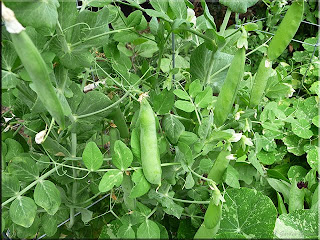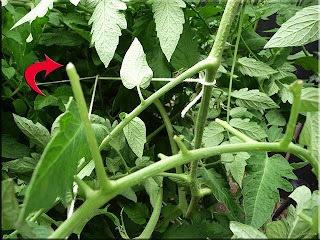The idea of growing edible plants indoors is not a new one. Archaeological excavations of Pompeii (79 AD) uncovered the remains of early greenhouses so they have been in use since at least that time if not earlier. The ancient Romans ensured the survival of vegetables and grapes by using greenhouses to protect produce from in-climate weather. They were the early versions of the modern greenhouse. Modern greenhouses originated in Italy in the thirteenth century as a way to study, keep and propagate exotic plants brought back to Europe in early plant hunting expeditions. Greenhouses and conservatories were first used to grow plants indoors throughout inclement weather have been used in Europe for thousands of years.
Commercial greenhouses have been used for decades to grow both edible and not edible plants year round. During the winter months one of our favourite pass-times is to visit Colasanti's Tropical Gardens in Kingsville, Ontario. Strolling through their large greenhouses filled with beautiful plants on a snowy winter's day is simply delightful. Other large commercial greenhouse operations along the Talbot Trail running from Windsor, Ontario through the Niagara region ending in Fort Erie, Ontario grow hot house tomatoes, various peppers and cucumbers for a continuous supply of Ontario produce for consumers. In recent years more and more farmland in southern Ontario is being turned into large commercial greenhouse operations.
On a smaller scale many Canadian universities and schools have greenhouses and/or solariums or atriums. Many home gardeners have hobby greenhouses and/or solariums to help extend the growing season. Solariums have become a popular addition for many home owners because they provide free heat on sunny days as well as create perfect a growing space for growing plants. Home gardeners whether or not they have a greenhouse or solarium still bring in plants when frost threatens. Plants are over-wintered to be replanted in the garden the following spring. Typically these plants include ornamentals like geraniums and annual herbs. A growing trend to compliment over-wintering is to specifically plant fruits and vegetables in containers to be grown indoors.
Basically a modified garden is sown and grown indoors during the winter months. I recently showed how to root tomatoes (more here) for growing indoors. Most herbs, strawberries, peppers, tomatoes, potatoes, carrots, lettuces, chards, radishes, beans and even zucchini can be grown indoors. Aside of providing fresh fruit, vegetables and herbs during the winter months there are other benefits to growing edible plants indoors.
- Growing indoors eliminates many pest related problems. You don't have to worry about waking up to find deer stripped your garden or the rabbits got your beans. For the most part you should not have to worry about any insect problems if you are careful to quarantine any plants brought inside from the garden
- Many environmental factors that affect gardening are eliminated when growing indoors. These include not having to worry about: damaging winds, drought, excessive heat, unexpected frost, torrential rains.
- In most cases plant diseases should not be a problem when growing indoors.
Although growing fruits and vegetables indoors presents few problems when the growing conditions are met, there can be a few secondary problems. All soils contain mould spores. Some individuals are sensitive or allergic to moulds so to lessen the impact use sterilized potting mixtures or soil-free potting mixtures. Hydroponics is an ideal solution to growing indoors without using soil. Any damaged or decaying plant material should be removed immediately. As with growing outdoors always do a clean pick removing all ripe fruit or vegetables daily.
Happy Gardening!
Garden Gnome
©2006-2009




 Little Marvel Peas
Little Marvel Peas More Hornworms
More Hornworms Today's Bounty
Today's Bounty Inside
Inside Tomato Splitting
Tomato Splitting Tomato Hornworm
Tomato Hornworm Tomato Hornworm Damage
Tomato Hornworm Damage Summer Garden Salad
Summer Garden Salad Creole Sauce & Salsa
Creole Sauce & Salsa Crabapple Blossoms
Crabapple Blossoms Crabapples
Crabapples Up Close
Up Close








 Tomato Roots
Tomato Roots Bed 1
Bed 1 Yellow Hungarian Wax Peppers
Yellow Hungarian Wax Peppers Hanging Tomatoes
Hanging Tomatoes Hanging Strawberries
Hanging Strawberries
















